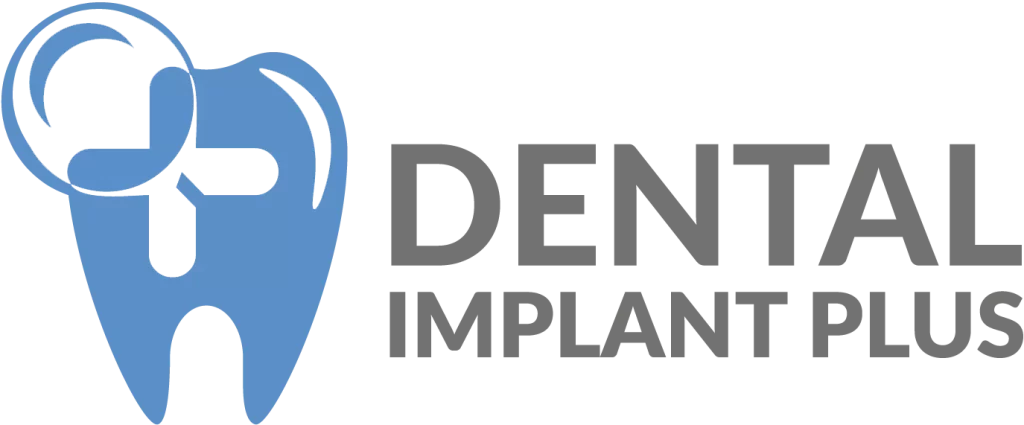Home - Oral Health - What You Should Know About Tooth Extraction
What Everyone Ought To Know About Tooth Removal
Tooth removal isn’t the first or second choice that your dentist will make to correct any oral dysfunction, but sometimes, it’s necessary. In most cases, teeth can be repaired with a filling or crown, or other dental treatment, but when the damage is irreparable via treatment, removing the tooth from the bone socket is the only way forward.
There are many reasons why you may need a tooth extraction, such as:
- Severe tooth infection, tooth decay

- Periodontal disease (gum disease)
- Crowded teeth
- Impacted
wisdom tooth - Cosmetic reasons
It can be daunting to have a tooth removed, but this article will arm you with the knowledge to help you better prepare for it.
What is Involved in Removing a Tooth?
Before your tooth extraction, your dentist or oral surgeon will have to run x-rays and review your medical history. This is to see if it is safe to perform the procedure and, if it is, how best to prepare for it.
If you are at high risk of developing a severe infection, then your dentist may advise you to take antibiotics before and after the procedure.
There are two types of extractions, and it all depends on whether your tooth is visible or impacted.
- A simple extraction is when the tooth is visible and is removed by a general dentist. A local anaesthetic is used to numb the tooth and surrounding tissue and loosen the tooth with an elevator and forceps.
- A surgical extraction is a more complicated procedure and can be performed by a dentist or an oral surgeon. It is the method for removing impacted teeth (teeth that have not fully or properly erupted from the gum tissue).
This is also done under anaesthesia, but a sedative may be used in cases of severe anxiety to help you relax.
During the extraction, the surgeon will incise your gum and remove the tooth underneath. The same method is used for wisdom teeth removal.
Immediately after the procedure, your dentist may ask you to bite down on a piece of sterile dressing, which should be kept there for the next few hours to help with bleeding.
Anaesthesia in both cases is given to block the pain, but you will still feel pressure when the tooth is removed. It is vital that you speak with your dentist about any concerns before the treatment, so they can provide the best care for you.
Are There Any Risks Involved in Tooth Removal?
As with any medical and dental treatment, there are risks involved. However, if your dentist has recommended tooth removal, it is likely that it is safe enough for you and, with proper aftercare, the benefits should overshadow the possible risks.

It’s not unusual to feel pain after a procedure like this, and there will definitely be some swelling within 24 hours of the operation. Patients will also experience some residual bleeding, but this should subside within a few hours of the treatment. Periodic bleeding is also normal for the first few days. If the pain and/or bleeding is prolonged, you should contact your dentist immediately.
Here are some other possible side effects of tooth extraction:
- Prolonged or severe bleeding
- Signs of an infection, e.g. fever and chills
- Nausea or vomiting
- Severe swelling and redness at the affected site
- Cough
- Shortness of breath and/or chest pain
What is the Aftercare Advice?
The recovery process is a gradual one, but initial pain and swelling should go away anywhere from a few days to a week after the removal. New bone and gum tissue are growing at the surgical site and it is vital that it is kept clean in order to reduce the risk of infection. Any stitches will dissolve in 2-4 weeks.
Your dentist will run through the aftercare with you and answer any questions you may have. They will also prescribe painkillers for pain relief.
The following advice is for you to abide by for a smooth recovery period:
- Apply ice or any cold compress to the affected area to reduce swelling.
- Do not rinse your mouth or spit forcefully for at least 24 hours after extraction so as not to disrupt the blood clotting process in your socket.
- Try to rest for the first 24-48 hours.
- Do not drink using a straw for the first 24 hours.
- Avoid alcohol and smoking for at least 24 hours, but ideally for as long as possible as this can slow down the healing process.
- Sleeping with an extra pillow to prop up the head may help with bleeding.
- Eat a diet of soft foods for the first few days until you’re able to chew. This can include; soup, applesauce, porridge, pudding etc.
- After 24 hours, gently rinse your mouth with a warm saline solution (one teaspoon of salt in 8 oz of water) after meals.
- Brush your teeth carefully and keep the toothbrush away from the extraction site so as not to dislodge the blood clot in the socket.
If you experience any prolonged pain or bleeding, it is strongly advised that you make an appointment with your dentist as soon as possible.
After tooth extraction, the missing tooth can be replaced with an implant, dental bridge or denture. This is to avoid any neighbouring teeth from shifting to fill in the gap from the missing tooth.
Speak to a member of our team for more information, or to answer any questions you may have.
